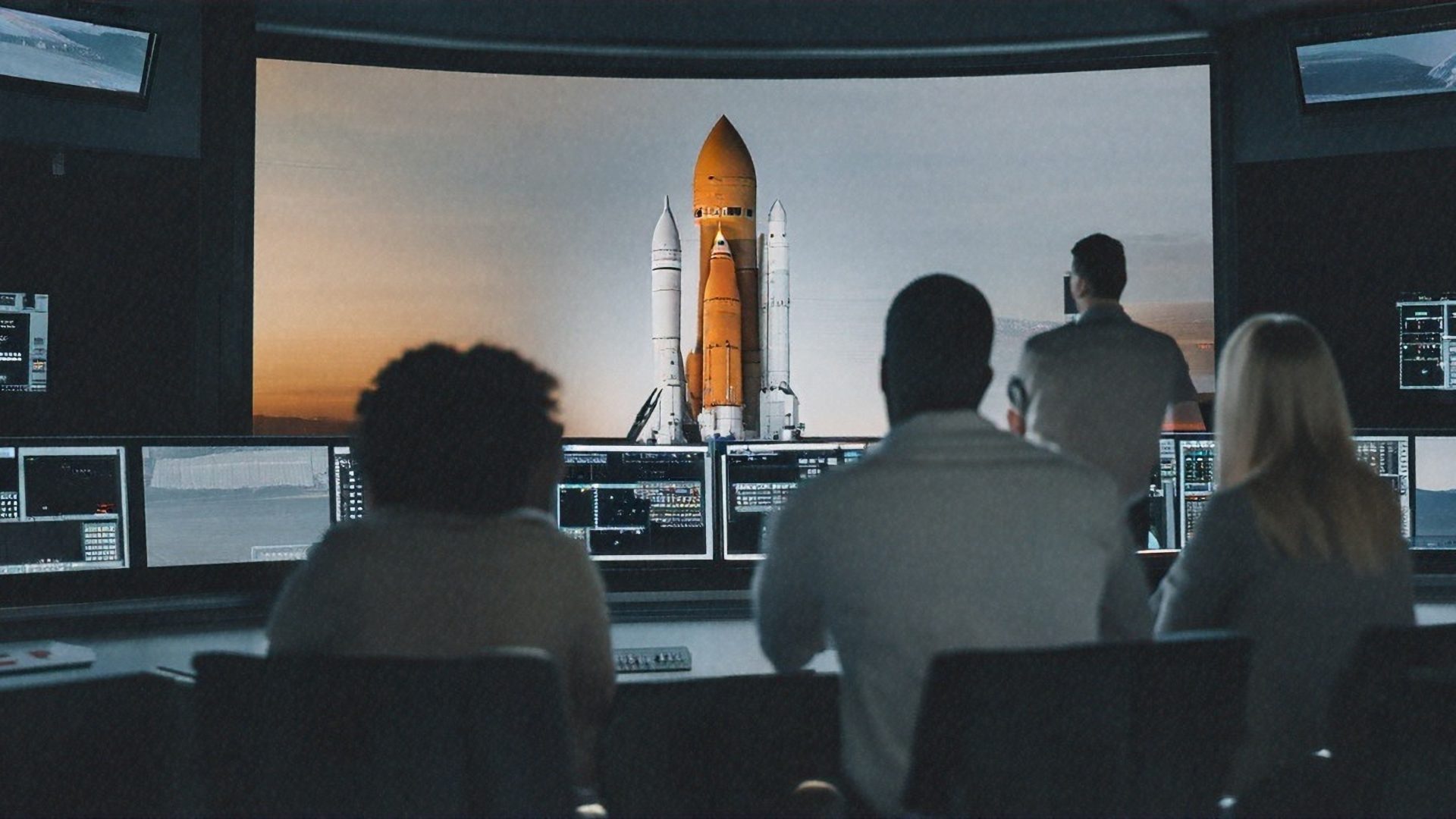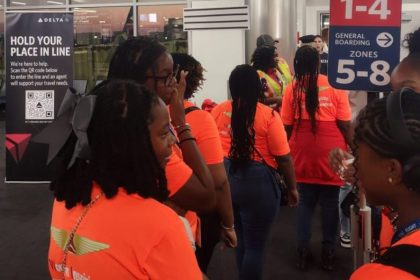America’s space program faces an unprecedented crisis as more than 2,000 senior NASA employees prepare to abandon the agency, potentially derailing ambitious plans to return astronauts to the moon and eventually reach Mars. The massive workforce exodus represents one of the most significant brain drains in the agency’s history.
According to internal documents, at least 2,145 senior-ranking NASA employees holding GS-13 to GS-15 positions have agreed to leave under various departure incentives. These government ranks typically house the agency’s most experienced specialists and managers, representing decades of irreplaceable expertise in space exploration and scientific research.
The departures come as the White House proposes slashing NASA’s budget by 25 percent for 2026, forcing the agency to operate with its smallest budget and workforce since the early 1960s space race era. The proposed cuts would eliminate over 5,000 positions total, creating uncertainty that has prompted many veteran employees to seek opportunities elsewhere.
1. Critical mission areas face devastating losses
The employee exodus strikes at the heart of NASA’s core operations, with 1,818 departing staff members working directly in mission-critical areas such as human spaceflight and scientific research. The remaining departures come from support roles including information technology, facilities management, and financial operations.
Among the most concerning losses are 875 GS-15 employees, representing the agency’s highest-ranking technical and managerial personnel. These individuals typically oversee complex projects, make critical decisions, and serve as institutional memory for decades of space exploration knowledge.
The departures span across all 10 NASA regional centers, each specializing in different aspects of space exploration and research. The Goddard Space Flight Center in Maryland leads the exodus with 607 departing employees, followed by Johnson Space Center in Texas with 366 staff members leaving.
2. Moon and Mars missions hang in the balance
The timing of these departures could not be worse for America‘s space ambitions. NASA currently works toward landing astronauts on the moon by mid-2027 as part of the Artemis program, while simultaneously developing long-term plans for Mars exploration. Both missions require intricate technical expertise and years of careful planning.
Johnson Space Center, home to NASA’s human spaceflight operations, faces particularly severe losses with 366 staff departures. This represents nearly all of the 419 positions the White House targeted for elimination at the facility. Kennedy Space Center in Florida, NASA’s primary launch site, will lose 311 employees from its workforce.
The complexity of lunar and Martian missions demands experienced personnel who understand the technical challenges involved. Losing senior staff at this critical juncture could delay mission timelines and increase safety risks for future astronauts.
3. Experience drain creates leadership vacuum
The departure of so many senior employees creates a significant experience gap that will be difficult to fill. NASA’s legislative affairs office, which communicates with Congress about agency operations, is losing five staff members from its typical 35-person team, representing a 15 percent reduction in a crucial department.
Current NASA employees describe the departures as creating an “experience drain” that will affect day-to-day operations. The loss of institutional knowledge accumulated over decades of space exploration cannot be easily replaced, even with new hires.
The departing workforce includes many individuals who would have naturally progressed into leadership roles in coming years. This creates a concerning leadership vacuum that could impact NASA’s ability to execute complex missions and maintain its position as a global leader in space exploration.
4. Private sector lures away talent
The aerospace industry boom has created attractive alternatives for departing NASA employees. Private space companies often offer higher salaries and stock options that government positions cannot match. Additionally, the growing robotics and technology sectors value the specialized skills that NASA employees possess.
Companies like SpaceX, Blue Origin, and other aerospace firms actively recruit experienced NASA personnel, offering compensation packages that significantly exceed government salaries. This brain drain to private industry further weakens NASA’s ability to retain top talent.
The competition for skilled aerospace workers has intensified as the commercial space industry expands rapidly. Former NASA employees bring valuable experience and connections that private companies find highly attractive.
5. Congressional intervention may come too late
While Congress retains the power to reject the White House’s proposed budget cuts, the damage may already be done. The Senate Commerce Committee has signaled support for retaining NASA staff, but uncertainty about future funding has already prompted many departures.
Even if Congress ultimately restores NASA’s budget, the agency may struggle to recruit back departed employees who have already secured new positions. The hiring process for government positions is notoriously slow, making it difficult to quickly replace experienced personnel.
NASA spokesperson Bethany Stevens maintains that the agency remains committed to its mission while working within budget constraints. However, the scale of departures suggests that maintaining current mission timelines may prove challenging without adequate staffing levels.
The exodus represents a critical moment for American space exploration, as the nation risks losing the human capital necessary to maintain its leadership in space while competitors like China accelerate their own space programs.














